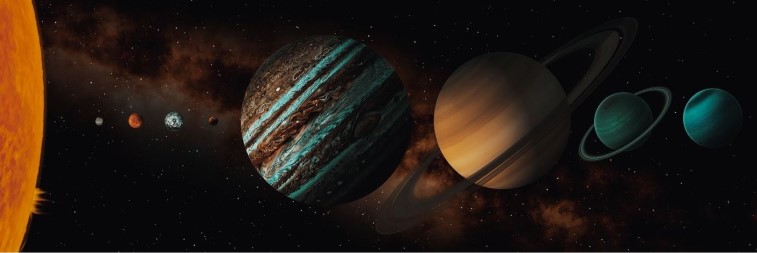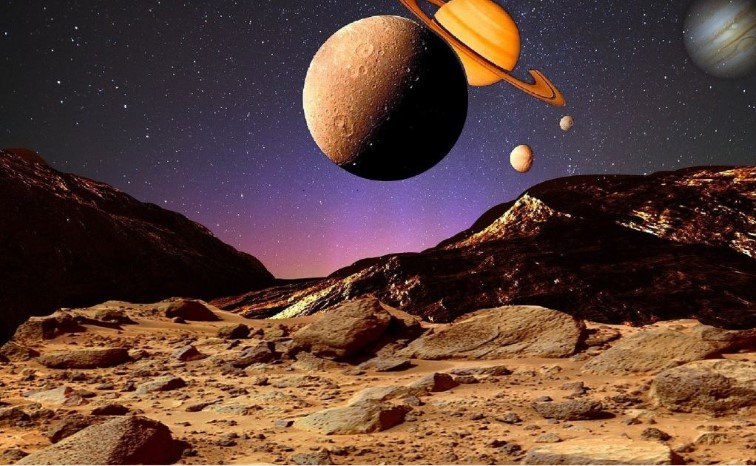New satellites have been found in our solar system

The number of known natural satellites has officially increased by three. This was recently announced by the Center for Minor Planets of the International Astronomical Union.
These are satellites of two planets: Uranus and Neptune, and now Uranus has 28 known moons – one more than before, and Neptune has 16, i.e. two more than we had realized previously.
Uranus’ new satellite has been given the designation S/2023 U1, but this is a temporary designation that will be replaced by a real personal name like the other previously discovered Uranus satellites.
It will certainly be named after a character from a Shakespearean story because that is the custom when it comes to the names of Uranus’ satellites: they all bear the names of Shakespearean characters.
So, the newly found S/2023 U1 has a diameter of about eight kilometers or a little more and orbits its home planet in 680 days.
The satellite was first observed on November 4, 2023, by the Magellan telescope in Chile (although that telescope is not yet fully completed), and a month later follow-up observations were made when astronomer Scott Shepherd was assisted in calculating the satellite’s orbit by Marina Brozović and Bob Jacobson from NASA’s Jet Propulsion Laboratories.
That’s all that is known about the new satellite of Uranus for now.

As for Neptune, it got two new satellites that have been recently discovered and now there are a total of 16. The first and brightest got the temporary designation S/2002 N5. Its diameter is slightly more than 22 kilometers, and it makes one circle around the planet in 9 years.
The second and fainter moon was designated S/2021 N1, has a diameter of about 14 kilometers, and orbits the planet in 27 years.
Both moons are waiting for their real, personal names, which will be picked from Greek mythology, and will refer to sea gods and nymphs – as was the custom with previously discovered satellites.
Both satellites were first observed in September 2021. They were discovered by a team of astronomers led by Scott Sheppard and the Subaru Telescope in Hawaii.
Scott Sheppard studies moons, comets, asteroids, and trans-Neptunian objects, taking the dynamical and physical properties into account. These small bodies have a fossilized imprint of the movement and also formation of the major planets in our solar system, thus giving us a better understanding of how the solar system came to be.
All three satellites are very far away and small in size, and of low brightness, but they were still detected by terrestrial telescopes!
This was possible thanks to a special recording technique. Dozens of five-minute exposures were made over a three- to four-hour period over several nights. The recordings were then stitched together.
During the exposure, due to the rotation of the Earth, the stars are “smeared”, i.e. they make tracks in the video while the planets and satellites leave a dotted record.
Did you know that here at OSR you can name stars?

